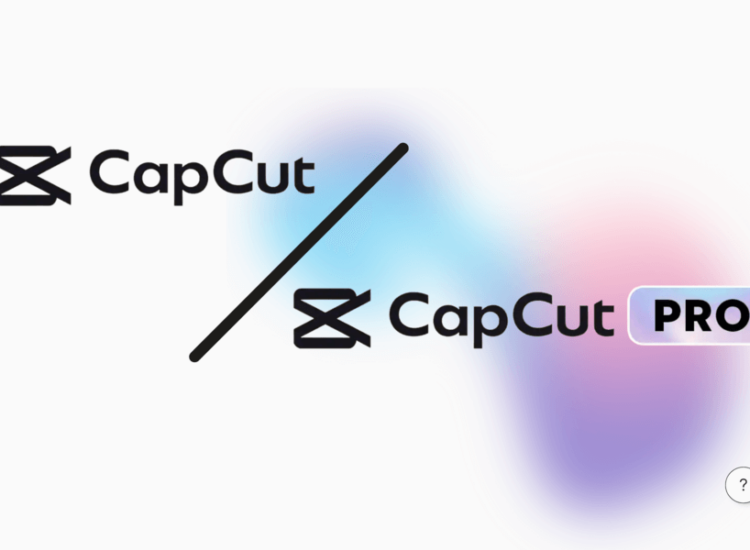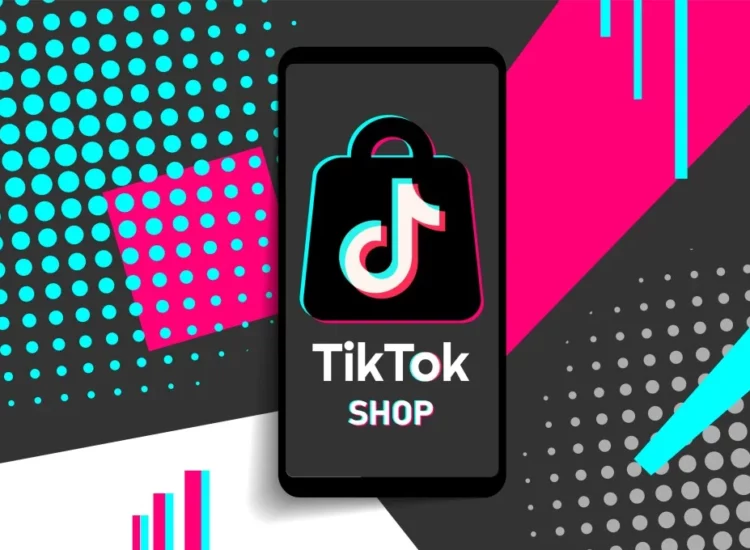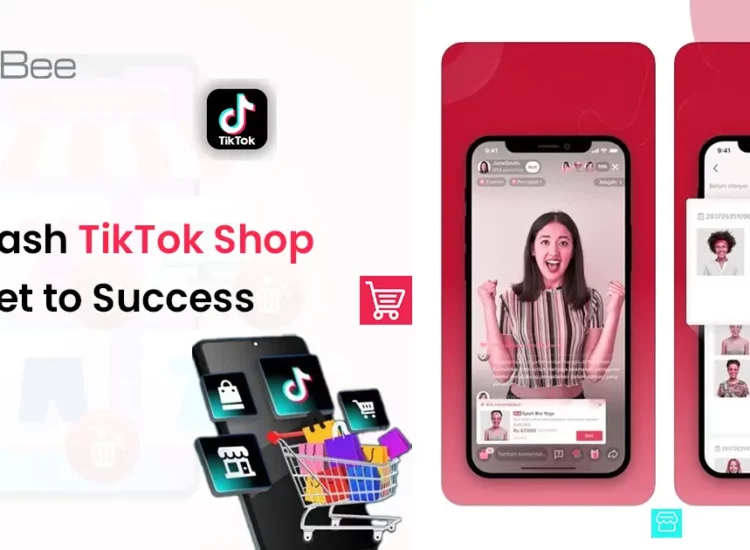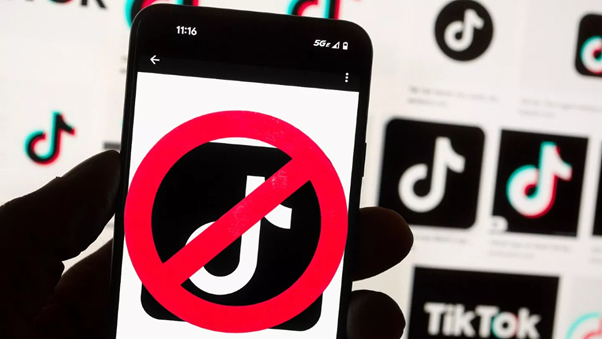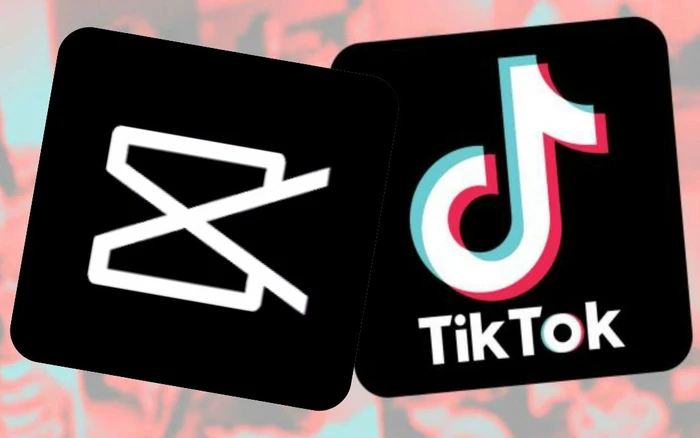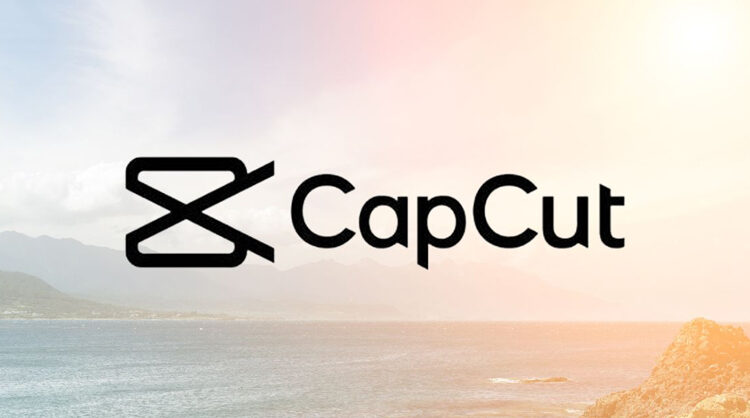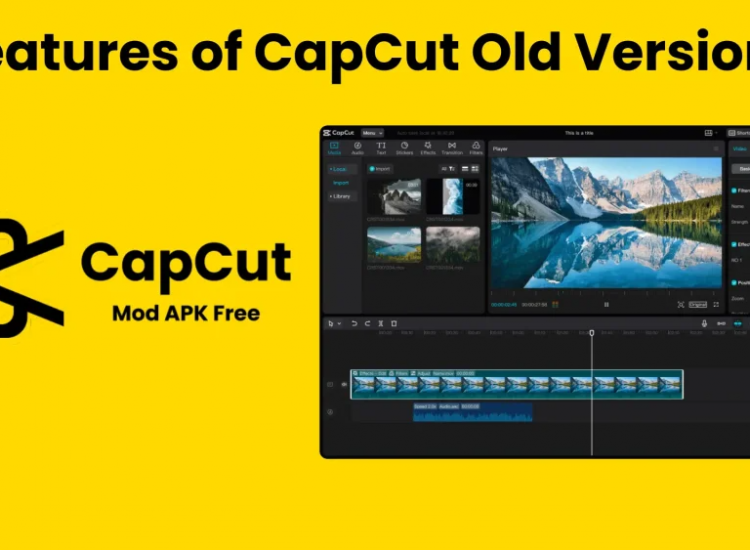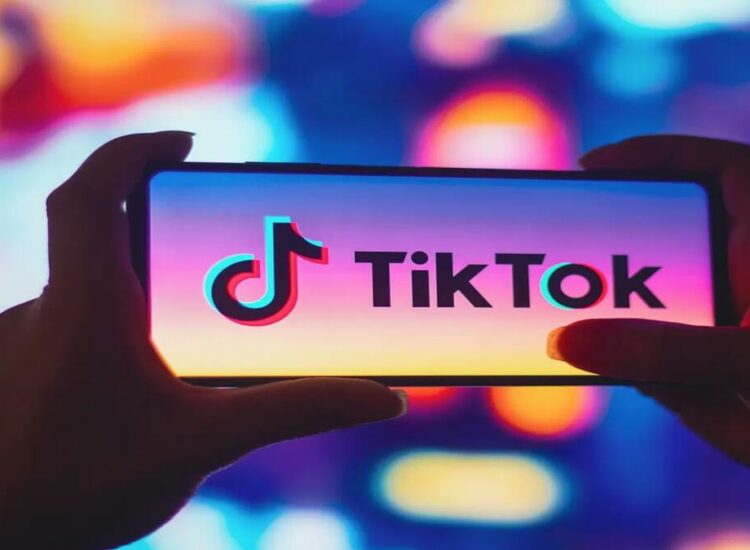The Double-Edged Scroll: Examining the Impact of TikTok on Youth
TikTok, the short-form video platform, has exploded in popularity, particularly among young people. Its addictive algorithm, ease of content creation, and viral trends have made it a cultural phenomenon. However, this digital playground is not without its complexities. This article delves into the multifaceted impact of TikTok on youth, exploring both its empowering potential and its potential pitfalls.
1. The Rise of the Short-Form King: Understanding TikTok’s Appeal to Youth
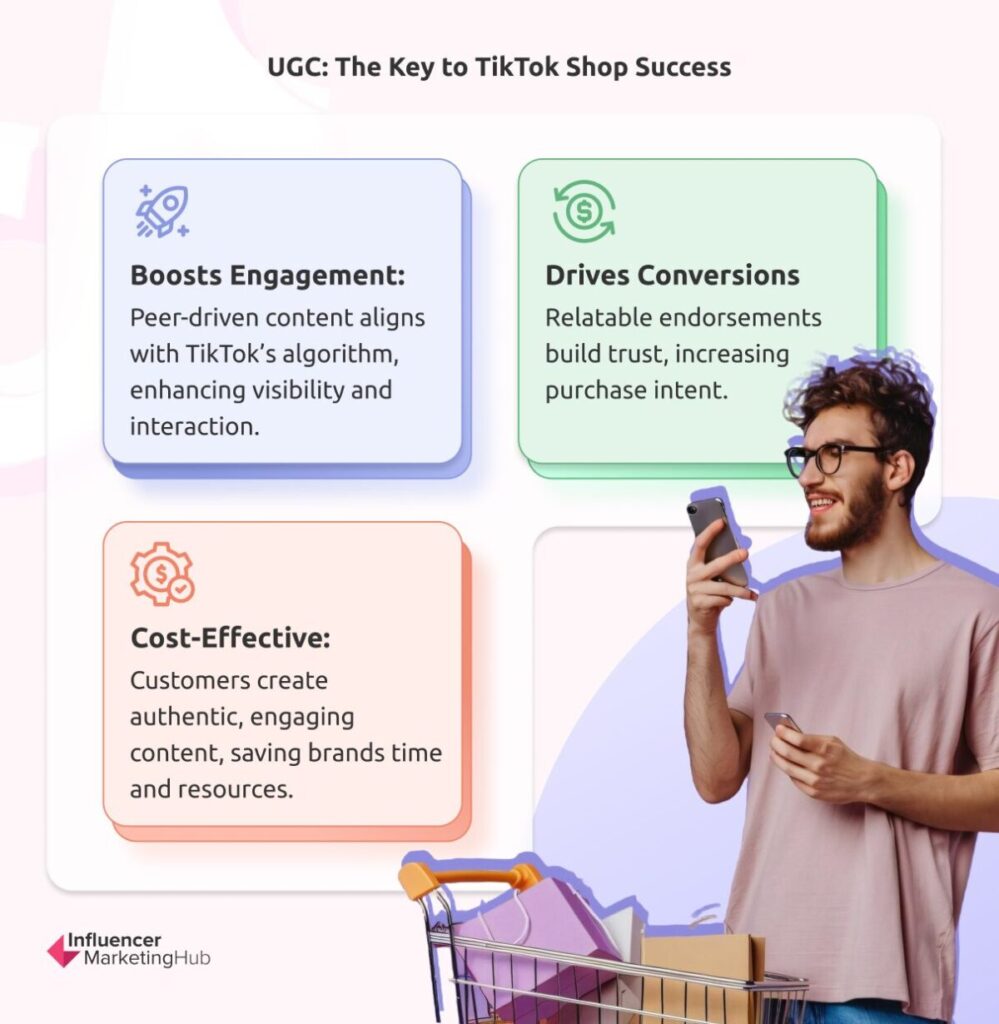
- The Allure of Brevity: In an era of shrinking attention spans, TikTok’s short-form video format, typically ranging from 15 seconds to three minutes, perfectly caters to the fast-paced digital lives of young people. This brevity allows for quick consumption of diverse content, keeping users engaged for extended periods.
- The Power of the Algorithm: TikTok’s highly sophisticated “For You Page” (FYP) algorithm personalizes content feeds based on user interactions, creating a highly addictive and tailored experience. This personalized curation can lead to users discovering niche communities and content that genuinely interests them.
- Democratization of Content Creation: Unlike traditional media platforms, TikTok makes content creation incredibly accessible. With just a smartphone, users can easily record, edit, and share videos, fostering a sense of creativity and empowerment among young people.
- Trend-Driven Culture and Virality: TikTok thrives on trends, challenges, and viral sensations. This constant influx of new and engaging content encourages participation, fosters a sense of belonging, and provides a platform for collective online experiences.
- Social Connection and Validation: For many young people, TikTok serves as a social hub where they can connect with friends, share their lives, and seek validation through likes, comments, and shares. This can be particularly important for those seeking online communities and a sense of identity.
2. The Bright Side of the Screen: Positive Influences of TikTok on Youth
Related articles 01:
2. https://cacutproapk.com/capcut-vs-premiere-pro-a-david-and-goliath-showdown-in-video-editing
4. https://cacutproapk.com/unlocking-the-video-potential-of-the-canon-eos-r50-a-comprehensive-guide
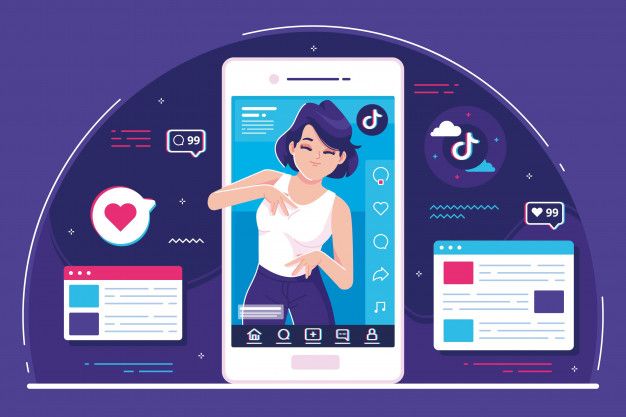
- Fostering Creativity and Self-Expression: TikTok provides a unique outlet for young people to express themselves creatively through dance, music, acting, comedy, art, and various other forms of content. It encourages experimentation and the development of digital storytelling skills.
- Building Communities and Connecting with Shared Interests: The platform facilitates the formation of online communities around specific hobbies, interests, and identities. This can provide a sense of belonging and support for young people who might feel isolated in their offline lives.
- Democratizing Learning and Education: TikTok is increasingly being used for educational purposes. Short, engaging videos can explain complex concepts, offer quick tutorials, and introduce young people to new subjects and skills.
- Raising Awareness and Promoting Social Activism: The platform has become a powerful tool for young people to raise awareness about social and political issues, organize movements, and engage in online activism. Short, impactful videos can quickly spread important messages and mobilize support.
- Discovering New Talents and Trends: TikTok exposes young people to a vast array of talents, cultures, and trends from around the world, broadening their horizons and fostering a sense of global awareness.
- Developing Digital Literacy and Media Fluency: Navigating TikTok requires users to understand online trends, identify different types of content, and engage with digital media. This process can contribute to the development of essential digital literacy skills.
3. Shadows in the Scroll: Negative Impacts and Concerns

- Mental Health Challenges:
- Pressure to Conform and Seek Validation: The emphasis on trends and viral content can create pressure for young people to conform to certain aesthetics and behaviors to gain popularity and validation, potentially leading to anxiety and insecurity.
- Cyberbullying and Online Harassment: Like any social media platform, TikTok can be a breeding ground for cyberbullying and online harassment, which can have severe negative impacts on young people’s mental well-being.
- Body Image Issues and Eating Disorders: The prevalence of highly curated and often unrealistic portrayals of bodies on TikTok can contribute to body image issues, low self-esteem, and even eating disorders among young viewers.
- Addiction and Excessive Screen Time: The addictive nature of TikTok’s algorithm can lead to excessive screen time, potentially displacing time for offline activities, homework, and social interaction.
- Fear of Missing Out (FOMO): The constant stream of trending content can fuel feelings of FOMO, leading to anxiety and a sense of inadequacy among young users.
- Privacy and Data Security Concerns: The vast amount of data collected by TikTok raises concerns about user privacy and data security, particularly for young users who may not fully understand the implications of sharing personal information online.
- Spread of Misinformation and Disinformation: TikTok, like other social media platforms, can be a conduit for the spread of misinformation and disinformation, which can be particularly harmful to young people who are still developing their critical thinking skills.
- Exposure to Inappropriate or Harmful Content: Despite content moderation efforts, young users may still be exposed to content that is sexually suggestive, violent, or otherwise inappropriate for their age.
- Impact on Attention Spans and Focus: The constant consumption of short-form video content may contribute to shorter attention spans and difficulty focusing on longer tasks, potentially affecting academic performance and other areas of life.
- Unrealistic Expectations and Social Comparison: The often-filtered and highly curated nature of content on TikTok can lead young people to develop unrealistic expectations about life and engage in harmful social comparisons, negatively impacting their self-esteem.
4. Navigating the TikTok Landscape: The Role of Parents, Educators, and Young Users
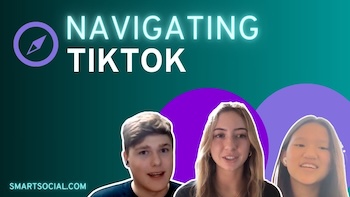
Related articles 02:
1. https://cacutproapk.com/the-rise-of-the-short-form-shop-exploring-tiktoks-e-commerce-platform
4. https://cacutproapk.com/capcut-vs-picsart-which-app-reigns-supreme-for-editing-in-2024
5. https://cacutproapk.com/the-everyday-applications-of-capcut-more-than-just-a-trend
- The Crucial Role of Parents and Guardians: Open communication between parents and children about their online activities is essential. Parents should educate their children about online safety, privacy, and responsible social media use. Setting healthy boundaries for screen time and encouraging offline activities are also crucial.
- Educators as Guides in the Digital Age: Educators can play a vital role in helping young people develop critical thinking skills and media literacy, enabling them to navigate platforms like TikTok more effectively and discern credible information from misinformation.
- Empowering Young Users with Digital Citizenship Skills: Young people themselves need to be empowered with the knowledge and skills to use TikTok responsibly and safely. This includes understanding privacy settings, reporting inappropriate content, and being mindful of their online interactions.
- Promoting Media Literacy and Critical Thinking: Encouraging young people to question the content they consume, understand the potential biases and motivations behind it, and develop critical thinking skills is essential for navigating the complex digital landscape.
5. Conclusion: Finding Balance in the Scroll
TikTok presents a complex and often contradictory landscape for young people. While it offers exciting opportunities for creativity, connection, and learning, it also poses significant risks to their mental health, privacy, and overall well-being. Understanding both the positive and negative influences of this powerful platform is crucial for parents, educators, and young users themselves. By fostering open communication, promoting digital literacy, and encouraging responsible use, we can help young people navigate the double-edged scroll of TikTok and harness its potential while mitigating its harms. Ultimately, finding a healthy balance in their digital consumption is key to ensuring their well-being in the age of short-form video.


